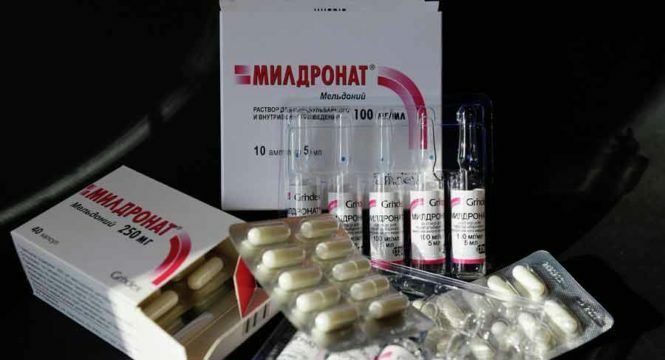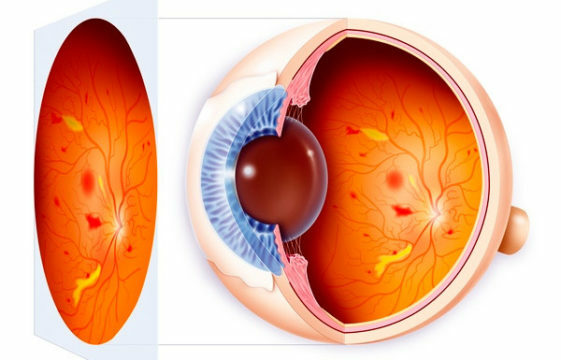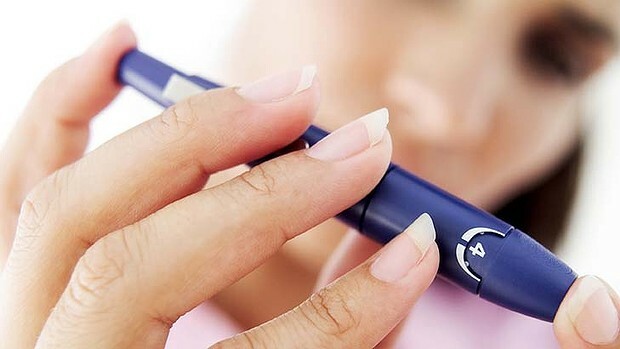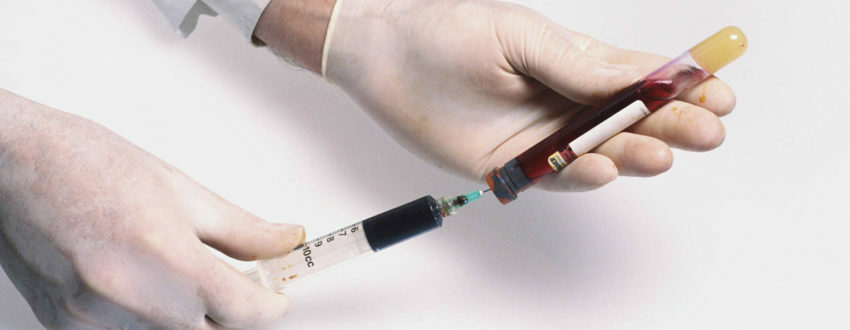People with diabetes mellitus experience many of its complications that affect all human organs. One of the consequences of the disease is diabetic angiopathy, which occurs with prolonged therapy of diabetes mellitus. In this case, the entire vascular system of the patient suffers. Depending on the type of affected vessels, in medicine, two types of disease are distinguished: diabetic micro and macroangiopathy. When microangiopathy affects only small capillaries, with macroangiopathy, large veins and arteries suffer.
How the vascular lesions occur
Glucose passes through large arteries and small vessels in diabetics in large quantities. With a long illness of diabetes, the walls of the vessels begin to gradually deform. In some places they become thin, while in others they become thicker. Blood supply in these areas is disrupted, and tissues begin to feel a lack of oxygen. There is oxygen starvation( hypoxia), which has a harmful effect on the surrounding organs.
When microangiopathy occurs in the body, the following processes occur:
- The walls of the vessels undergo changes;
- Blood clotting is disrupted, it becomes more viscous;
- The speed of movement of blood along the vessels slows down. Because of the increased density and increased platelet mobility, the blood can not move through the capillaries at the same rate. The walls of the vessels produce a special lubricant that does not allow blood to adhere to the inside of the veins and arteries. When the process of production of lubricant is disrupted, microthrombi arise, which are dangerous for humans.
Similar changes in the vascular system lead to numerous diseases. First of all, the retina of the eye, kidneys, skin, nervous system is affected. The disease begins to spread from the lower limbs, because they are subjected to the greatest burden, and gradually rises.
Types of microangiopathy
Depending on the size of the affected vessels and the degree of spread of the disease, the following types of microangiopathy are distinguished in diabetes mellitus:
- Zero level. Skin covers in this case are not affected, the patient does not complain about anything, but with more detailed examination the attending physician notices small changes on the skin capillaries;
- The first level. Legs become pale and cold to the touch. On skin integument there are small ulcers that do not have an inflamed appearance and do not cause any inconvenience to the patient;
- The second level. Formed ulcers begin to disturb the patient and deepen into the covers of the skin. Sometimes they affect the tendons and reach the bones;
- Third level. The situation is only getting worse. The edges of lesions begin to die, there may be inflammatory and purulent processes;
- The fourth level. The defeat of tissues goes beyond the jaundice. Necrosis extends to the foot or toes.
- Fifth level. Developed gangrene of the foot. To avoid the development of gangrene throughout the body, a decision is made to amputate the foot or part of it.
Diabetic microangiopathy passes through several stages in its development:
- The patient feels some stiffness of the legs in the morning, fingers sometimes grow numb. Nails thicken, feet freeze even in warm shoes. When walking for long distances, after the first kilometer intermittent claudication occurs.
- The patient not only has numb fingers, but also stops. Feet is cold even in summer. Lame appears after half a kilometer.
- In the third stage, the diabetic strongly sweat feet, and after 100 meters intermittent claudication begins to bother;
- The patient complains of constant painful sensations of the lower extremities, convulsions appear. In the supine position, legs are pale in color, and with long walking, the toes become blue.
- To constant pain joins puffiness of the legs. The skin is dry and begins to peel off. On the appeared ulcers, the dying edges of the skin are noticeable.
- Feet and fingers lose sensitivity. The body begins an inflammatory process, accompanied by a high body temperature.
Diagnostics
In order to establish an accurate diagnosis and appropriate treatment, the patient's complaints alone are not enough. To collect a complete history, the attending physician prescribes the following types of laboratory and instrumental studies:
- Laboratory diagnostics. A general analysis of blood and urine will show the level of glucose content, how much it is overestimated.
- Study using high-precision equipment. The patient is examined on an ultrasound machine using Doppler color scanning, which will allow to see the blood supply through the vessels and capillaries. The pressure on the foot and popliteal artery is also measured. Recently, a new type of diagnostics - computer video-capillaroscopy - has been used.
Treatment of
For successful treatment of microangiopathy, first of all, all the prescriptions of the doctor must be observed. Self-medication or discontinuation of medications taken at the first sign of improvement can lead to irreparable consequences.
- First of all, the patient needs to give up bad habits, constantly play sports with small loads, completely revise the diet. With increased body weight, organize your way of life in such a way that gradual weight loss occurs.
- In the treatment of any complications of diabetes, the most important initial step is the normalization of glucose in the blood. If the level strongly deviates from the norm, the effectiveness of treatment is reduced to zero. Do not forget about a special diet - completely eliminate foods containing easily digestible carbohydrates.

For the treatment of the disease, the following drugs are used:
- Medicines that have a metabolic effect. These include mildronate, tiatriazolin and others. When these medications are taken, oxidation of fatty acids occurs, so that the process of glucose oxidation improves in the myocardium.
- Heparin, acetylsalicylic acid, vasaprostan all these drugs dilute blood. Too thick blood is dangerous by clogging blood vessels and forming microthrombi.
- To avoid the occurrence of a heart attack or stroke, it is necessary to constantly monitor blood pressure. Ideal indices are 130 to 85 mm Hg. Art. Therefore, at pressure surges it is necessary to take medications that normalize this index.
- If during treatment, the patient does not have ulcers, inflammation, purulent lesions of certain skin areas, amputation of the extremity is necessary. Delay with surgery can cost the patient.
- Diabetic microangiopathy, as a complication of diabetes, requires constant monitoring and preventive measures. Medical treatment is successfully combined with physiotherapy, magnetotherapy, laser and acupuncture. With this approach, the walls of the vessels become more elastic, the risk of blood clots is reduced.
With timely and competent treatment, the risk of getting a gangrene of the foot decreases several times.
Prevention
In people with diabetes mellitus of any type, microangiopathy is an inevitable process that usually occurs in diabetics after a long illness. Therefore, it is so important to know all the preventive measures to prevent the onset of angiopathy or the methods of treatment for the already started process.
- To ensure that diabetes does not cause serious complications, it is necessary to adhere to all the prescriptions of the doctor: depending on the type of diabetes, use insulin therapy or take medications that reduce blood glucose.
- Obesity in type 2 diabetes is threatening for the whole body, so it is necessary to follow a diet and do simple physical exercises.
- Do not forget about controlling the level of cholesterol in the blood - it is its increase adversely affects the condition of the vascular system.
- When starting the process of the defeat of the vessels of the lower limbs, it is recommended to run fast, cycling, swimming.
Diabetic microangiopathy is one of the serious complications of diabetes mellitus. In this disease, the vessels and capillaries suffer, with the damage of which microthrombi can form. At untimely treatment, at patients with angiopathy first of all suffer the lower extremities on which there are deep ulcers. The death of cells around the affected areas can cause gangrene, which is treated only by amputation.






